For Ga. Farmers Impacted By Hurricane Michael, The Road To Recovery Looms Large
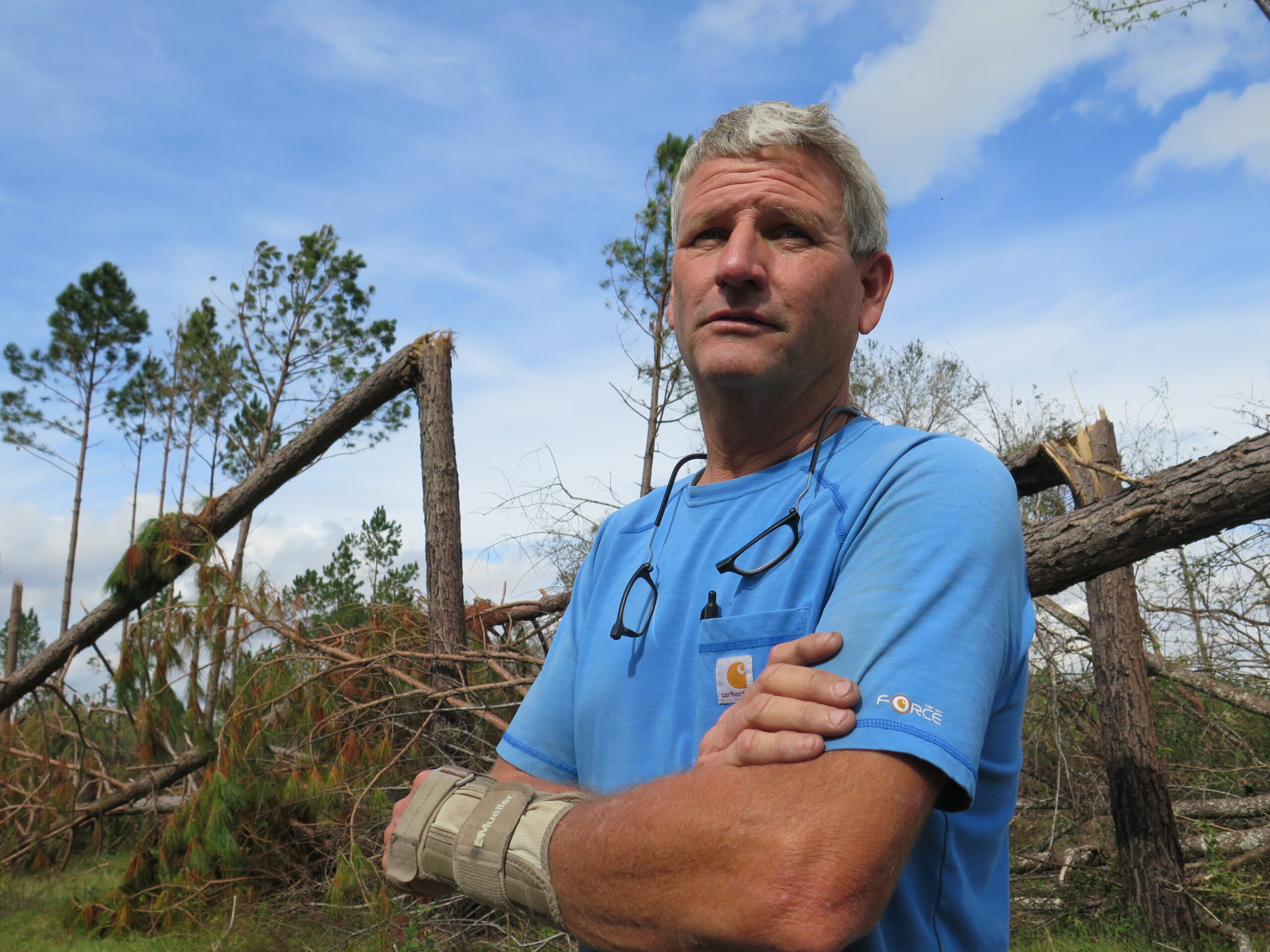
Greg Mims at his family’s timber stand in Seminole County.
Emma Hurt / WABE
The Georgia legislature began a special session Tuesday to try to help Southwest Georgia recover from Hurricane Michael.
While it’s been more than a month since the storm, farmers like father and son Willard and Greg Mims are still getting things in order. They are two of the five generations of their family who have farmed in Seminole County.
“I was born in Seminole County. Lived here all my life,” Willard Mims said. “But I’ve never seen anything like this before. Hope I don’t ever see it again.”
The Mimses and their neighbors are surrounded by debris, damaged buildings and damaged crop fields. They’ve barely started cleanup because they’ve just been trying to harvest what crops they can.
“If we can get these trees all cleaned up, then we’ve gotta get cover crops in, and the next thing is working on irrigations,” Willard Mims said.
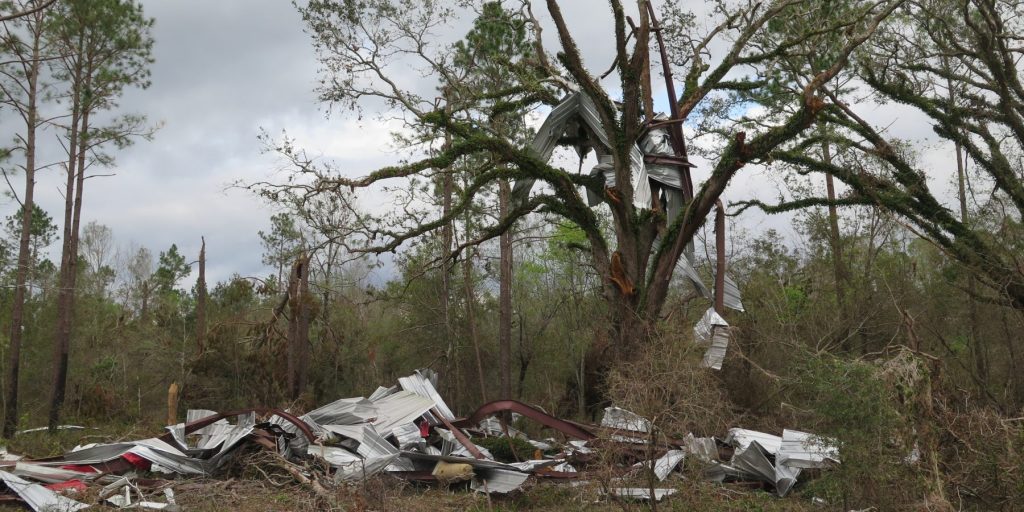
Financial Repercussions
Hurricane Michael brought unprecedented 150 mph winds, toppling decades-old pecan trees, pulling barns apart and leaving them strewn in pieces.
People in this area are used to hurricanes, but no one expected Michael to be this bad.
Every building on the Mims family farm and two-thirds of their irrigation systems are damaged or destroyed. Of the about 1,300 pounds of cotton the family expected to harvest this year, they’re going to get about 300 pounds.
The financial effects of Hurricane Michael will be five, 10, 15 years down the road,” Greg Mims said.
That’s because most farmers rely on debt to get by every year. Most get loans to cover expenses until they harvest their crops.
“You put money in all year long and then basically your paycheck comes at the end of the year,” he said. “This year, that paycheck is going to come up way short.”
And that’s a big deal because farmers are supposed to pay back those loans after each harvest.
“It will be hard for farmers to deal with this if the solution is to simply pile more a lot more debt on top of them,” Jeffrey Dorfman, professor of agricultural economics at the University of Georgia, said of federal and state relief efforts.
To make matters worse, this crop was supposed to be a great one after a few years of bad weather.
The Mimses haven’t counted up all that they’ve lost yet, but they aren’t giving up.
“You know, if farming, is all you’ve ever done, it’s in your blood so you just have to keep on,” Greg Mims said. “Keep on going. Hope next year will be better.”
Glenn Heard farms about 15,000 acres from Brinson, Georgia, and lost about 10 days to the storm, he said. He and his crew had to clear the state highway in front of his office so they could get to it.
He said he, too, hasn’t begun to count up everything that’s been lost.
“It’s too early,” he said. “I really don’t know. I don’t know what we’re going to do. We’re just trying to get everything in right now. And at the same time we’re trying to clean up when we can, and make the repairs that we can.”
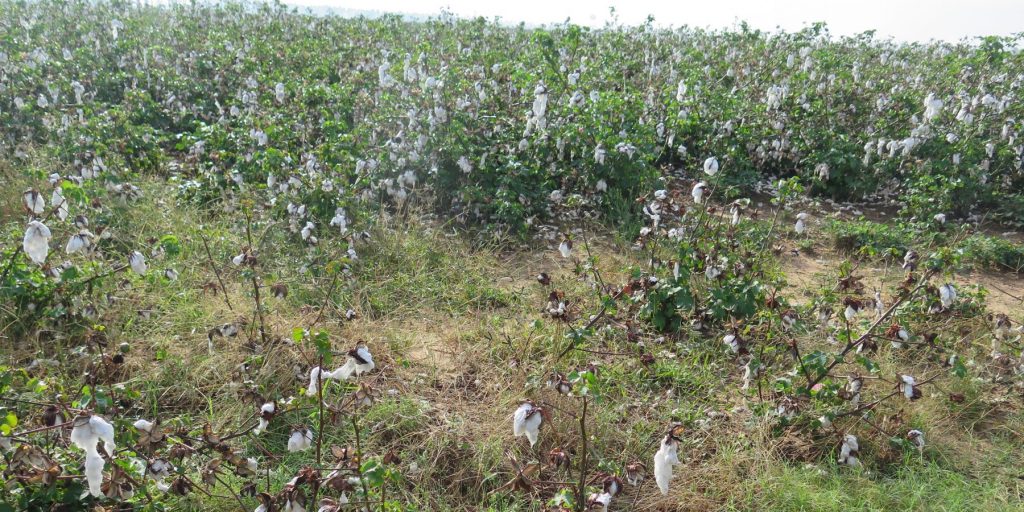
‘Virtually No Cleanup Has Started’
“It’s been raining so much that virtually no cleanup on hardly any farm has started,” said Andy Bell, a farmer out of Climax, Georgia. “All we’ve done is tried to keep our cattle in, tried to finishing gathering up our crop.”
The University of Georgia estimates the state’s agriculture industry lost more than $2.5 billion to the storm.
“Southwest Georgia is the heart of our agriculture production area, and so this was just in the wrong place at the wrong time and that maximized the damage,” Dorfman said.
This is a very serious threat to a way of life in Southwest Georgia.”
It’s hard to understate the effects on these farmers and the local economies that rely on them.
“Pretty much all of our local economy is connected in some way to agriculture,” Heard said.
One of the local cotton gins already operating right now, because there’s not enough cotton to work with.
“You take the agriculture out of Seminole County, and you could roll up the sidewalks in Donalsonville,” said Willard Mims
The Mimses know people who have already decided to give up farming because of the storm.
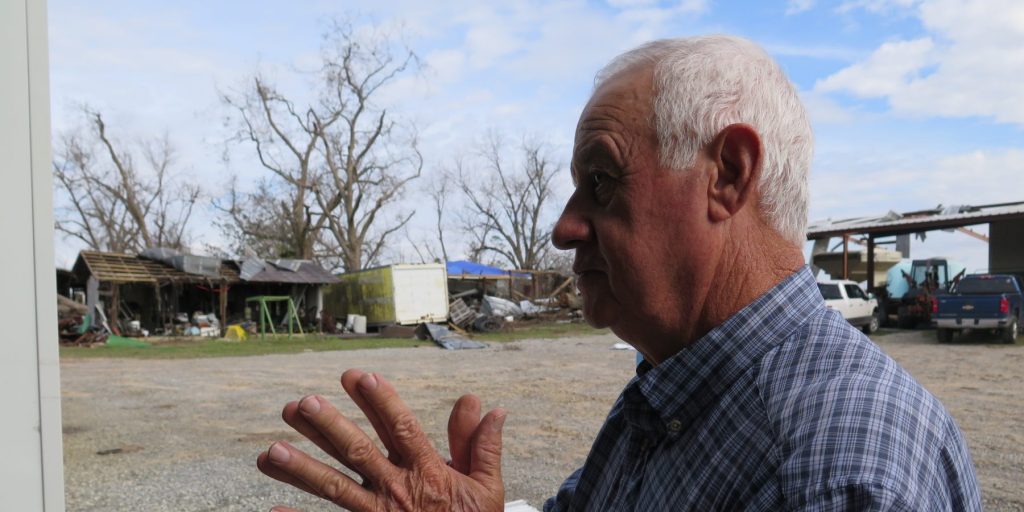
Crop insurance can help, but for most, it won’t come close to what crops were worth. And many farmers don’t even get it.
“In my case, even with insurance … if it was all zero-ed out, you’d be lucky to get your out of pocket expenses. Not your interest on the money, not your wear and tear on the equipment, not the labor involved,” said John Harrell, who farms in Grady County.
“You’d be fortunate to break even. Even at 100 percent loss, there’s very little income coming from insurance. Even if we get our out of pocket expenses, it’s going to be like working a year for nothing, and Santa Claus is going to be short this time,” Harrell said. The only roof he has to put farming equipment under is his garage at home.
About 1 million acres of Georgia timber were destroyed; nearly 100 chicken houses; 20 percent of Georgia’s pecan trees, which means hundreds of millions in lost future revenue too.
Greg Mims shows me what used to be his family’s timber stand. For many farmers, timber acts as an unofficial insurance policy: something to pull from when times get tough. Now, the family’s pine trees are bent to the ground and broken.
“Basically it’s going to rot,” he said. “There’s no reason [to harvest it]. You won’t get anything out of it.”
With everyone trying to sell their broken trees at once, prices have dropped to the point that it’s not even worth paying a logging company to come to get it. Clint Beckham of Burgundy Timber in Bainbridge said logging rates go up in situations like this because it’s a much harder job to pick up trees after a storm than deliberate cutting.
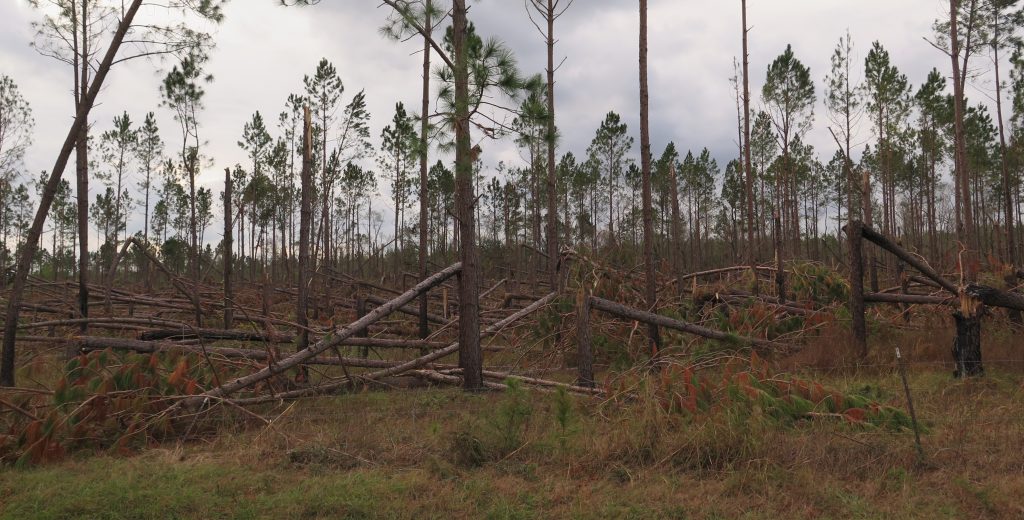
“The timber industry is devastated in our area,” Bell said. “Most of it will rot or burn on the ground. Someone told me there’s enough timber on the ground to run every mill for eight years.”
And this could have a long-range effect on the timber industry since many people will replant at the same time. Then, they will start to thin the timber out at the same time; so in 12-16 years, there will be another glut in the market.
“It’s just supply and demand,” Beckham said. In between those moments though, he said, his crews won’t have much work to do. He’s already planning to send one crew to East Georgia in the meantime to find some more steady business.
Now, farmers are looking to federal and state governments for backup, and Willard Mims says they need it soon.
“We need all the help we can get,” he said. “We don’t need a loan. We need help.”
Gov. Nathan Deal wants to ask the legislature for $270 million to help with recovery plus some tax relief. That’s a small fraction of the $2.5 billion in total losses








